Bac Giang welcomes opportunities, overcomes challenges from CPTPP
Let's engage in together
The CPTPP, signed by 11 countries: Australia, Brunei, Canada, Chile, Japan, Malaysia, Mexico, New Zealand, Peru, Singapore and Vietnam, officially took effect in Vietnam from January 14, 2019.
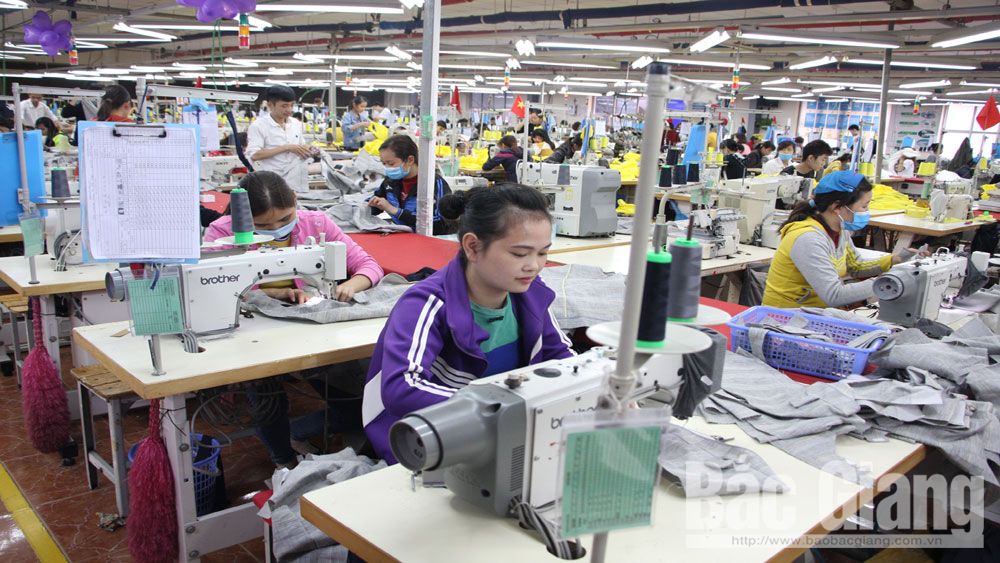 |
|
A production line of Bac Giang Garment JSC based in Bac Giang city. |
Immediately after the agreement came into effect, the provincial People's Committee has developed a specific implementation plan, including five main content and requirement groups. First of all, the province will focus on doing well the dissemination of the CPTPP and markets of countries participating in this agreement; build and organize the implementation of legal documents; improve competitiveness and develop human resources; promote the role of trade unions and take care of the lives of workers in enterprises; ensure social security policies, protect the environment, and promote sustainable development.
Realising the direction of the provincial People's Committee, over the past time, agencies at all levels and sectors in the province have focused on building and implementing measures suitable to the situation of the units and sectors they are in charge of.
For example, the Department of Science and Technology has collaborated with other agencies to well implement scientific and technological projects at the state and provincial levels in various fields, especially in intellectual property.
It has continued to coordinate with localities, organizations and individuals in the province in selecting new products and making profiles to register for protecting industrial property rights for agricultural products such as Van village wine (Viet Yen district), Danh Mountain ginseng (Tan Yen district)...
Being aware of the significance of the CPTPP, many local enterprises have been actively updating necessary knowledge about Vietnam's commitments when joining the agreement as well as opportunities brought by it.
In particular, enterprises have focused on investing in production equipment and corporate governance methods in order to catch up with the general development trends of the market in the region and the world.
Not to be passive
Many economic experts said that the implementation of the CPTPP also poses many difficulties and challenges for the economy of the country in general and Bac Giang province in particular. Therefore, agencies at all levels, sectors, localities and people need to take the initiative when participating in this common game rule.
 |
|
A Japanese expert of An Ritsu Vietnam Company, which is specialized in manufacturing precision mechanical products in the Dinh Tram Industrial Park, talks with Vietnamese workers. |
The first requirement is that the competent agencies and local authorities must well perform the tasks of providing information and forecasting the situation of import-export markets and the domestic market, so that enterprises can promptly grasp the technical requirements, regulations on goods imports and exports of CPTPP partner countries; forecast the domestic market’s demand and respond to the competition of imported goods.
In addition, the improvement of human resources competitiveness is one of the important contents to effectively implement this agreement. Tran Quang Tan, Director of the provincial Department of Industry and Trade said that the competent agencies should promote vocational training and make training suitable with the needs of enterprises; paying attention to developing high quality human resources serving local socio-economic development.
The Department of Industry and Trade is coordinating with other sectors and localities in the province in building programmes to support and improve competitiveness for commodities and businesses, especially micro, small and medium enterprises and farmers, in accordance with international commitments.
At the same time, they are preparing solutions to support goods which are directly affected by international fluctuations while assisting local businesses in joining regional and global value and supply chains.
Do Thanh Nam
 Bắc Ninh
Bắc Ninh






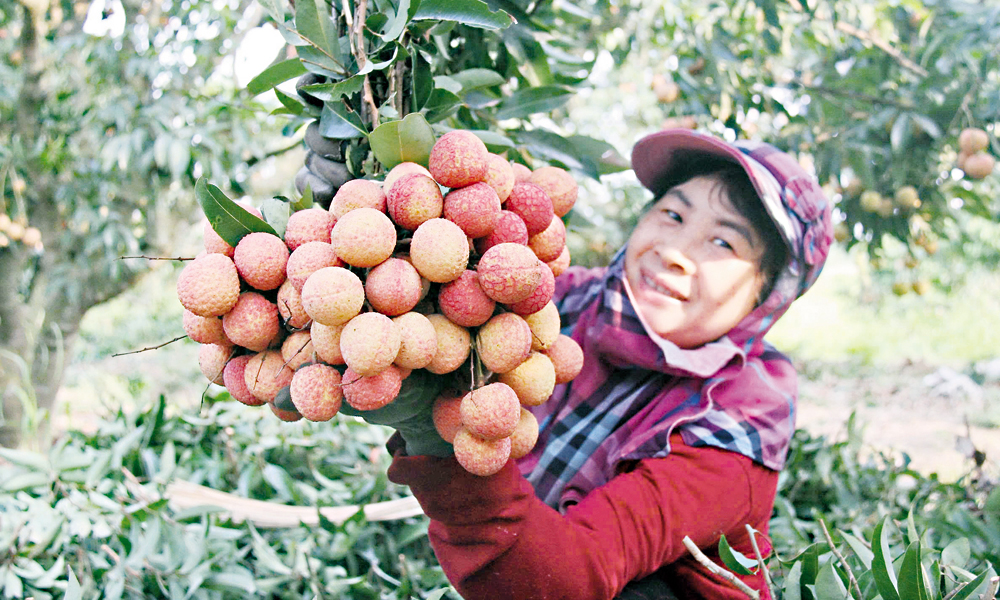
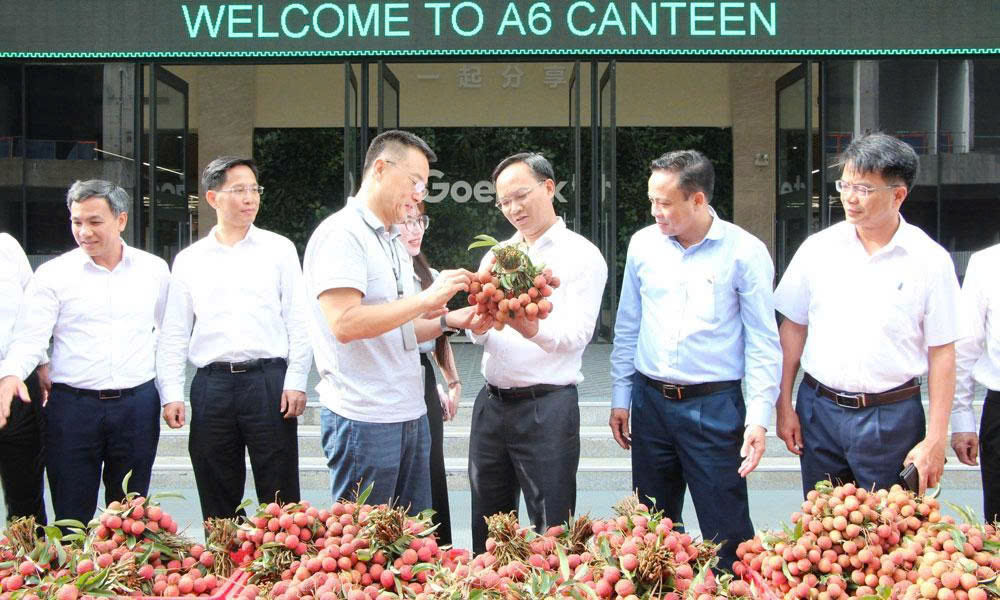


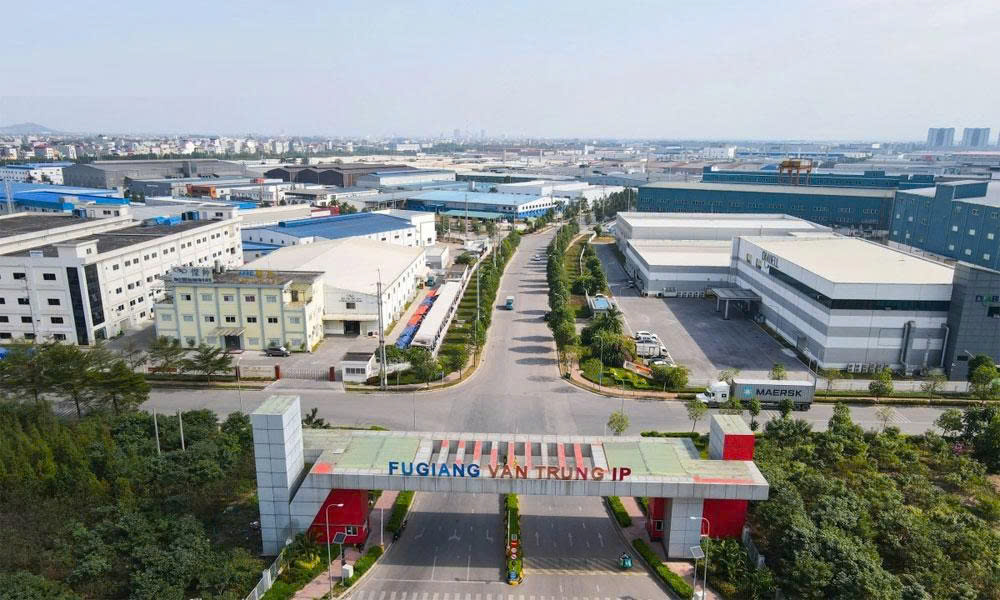

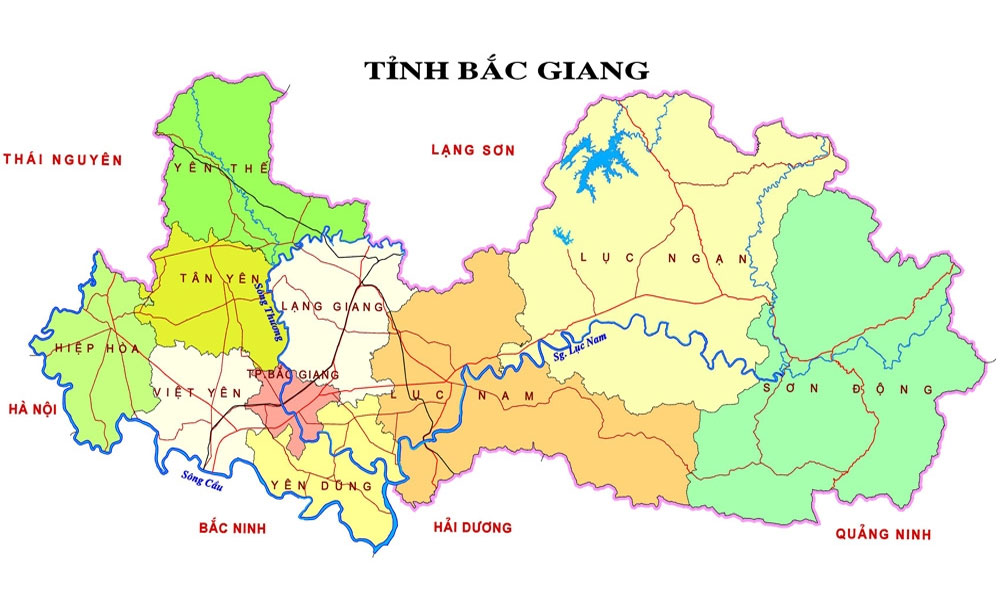

Reader's comments (0)